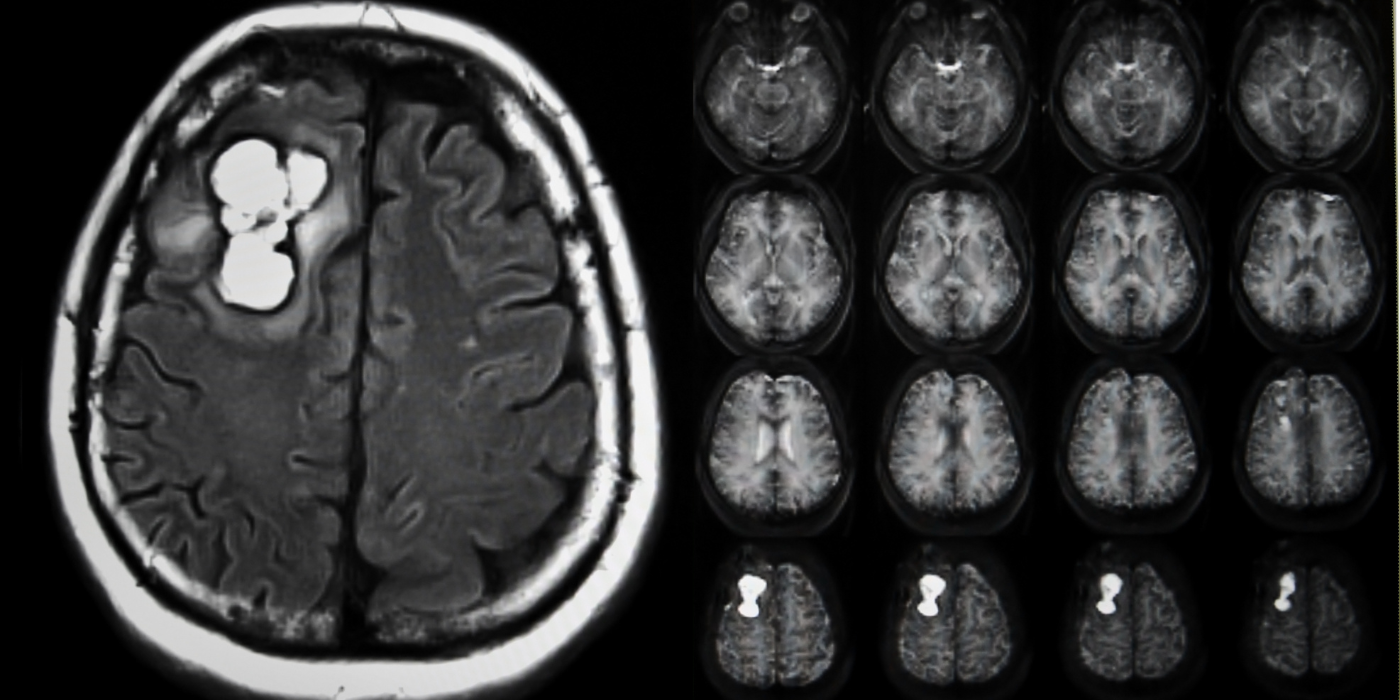
Ependymoma

If you learn that you or your child has a type of spine and brain cancer called an ependymoma, there’s a lot to take in. You’ll have lots of questions about how to treat the disease and manage the swirl of emotions you may feel.
Depending on where the cancer is, your doctor may recommend surgery, chemotherapy, or radiation. But make sure you take care of your mental health, too. Turn to family, friends, and support groups to get the emotional backing you need.
What Happens When You Get an Ependymoma?
Ependymomas are cancerous tumors that grow in your brain or any part of the spine, including your neck and upper and lower back. They form at first in your ependymal cells in the middle of your spinal cord and in the fluid-filled spaces in your brain known as ventricles.
While tumors may spread to more than one area of your brain or spine, they’re almost never found elsewhere in the body.
Ependymoma Symptoms
Most ependymomas start out small and grow slowly over years, so you may not notice any problems at first.
When symptoms start, the way you feel depends on where the tumor is. You may have seizures or frequent headaches. You may also feel nauseous or throw up. You could lose your balance or get blurry vision.
Other symptoms are:
• Feel confused or irritable
• Have a hard time peeing
• Stiffness or pain in your neck or back
• Weakness in your legs
If your baby has an ependymoma, one of the first symptoms you may notice is that he has a larger than usual head.
Causes
Doctors aren’t sure what causes ependymomas. But your chances of getting the disease go up if you have a genetic condition called neurofibromatosis type 2.
Ependymomas happen as often in men as women. Among adults, you’re most likely to get the tumors if you’re in your 40s to 60s. For children, about 30% of ependymoma cases happen in kids under 3.
Types of Ependymomas
You may hear your doctor talk about which type of ependymoma you have. There are four kinds, based on where your cancer starts and how fast it grows.
• Subependymomas (grade I). These usually show up near a ventricle in the brain and grow slowly. They happen most often in adults and older men.
• Myxopapillary ependymomas (grade I). These happen most often in the spinal cord of young adults. They grow slowly.
• Ependymomas (grade II). The most common type of ependymoma, this tumor is usually found in your brain.
• Anaplastic ependymomas (grade III). These almost always happen in your brain or skull and typically grow faster than other types of ependymomas.
Most ependymomas in young kids grow near the base of the brain. The majority of spinal tumors happen in those over age 12.
Diagnosis
Your doctor may do these tests to help figure out if you have an ependymoma:
• Physical exam. Your doctor checks your body and asks about your health and medical history.
• Neurological exam. Your doctor will have you move around to look at how your brain, nerves, and spinal cord are working.
• MRI (magnetic resonance imaging). This scan uses magnets and X-rays to make detailed pictures of your organs. You’ll likely get a shot of a dye that collects around cancer cells so they show up better in pictures.
• Spinal tap. You’ll lie down on your side and your doctor will use a needle to collect fluid from your spine. Lab technicians will analyze it for signs of tumors.
Ependymoma Treatments
You’ll work with a team of doctors, including an oncologist, neurosurgeon, and neurologist, who may suggest these treatments:
• Observation. Because many ependymoma tumors grow slowly, if you don’t have symptoms you may not get treated. Instead, your doctor may watch your symptoms and follow up with yearly MRIs.
• Surgery. If your tumor is larger or causes symptoms, your doctor may suggest surgery with small instruments. For spinal tumors, your surgeon will make a small cut into your spinal cord to remove the tumor.
For brain tumors, your surgeon removes part of your skull and cuts out a tiny piece of brain tissue. They’ll check the cells under a microscope. If they find cancer cells, your surgeon will take out as much of the tumor as possible during the same surgery.
Most of the time the tumors can be removed safely and you won’t have side effects from the operation. You might feel slightly less sensation in your legs after spinal cord surgery.
After surgery, your doctor will test the tumor to make sure that it has cancer cells. You’ll also get an MRI to check that the surgeon removed the entire tumor. If part of it is still in your body, you may need a second operation to take out the rest.
• Radiation or chemotherapy. Even if your surgeon removes all of the tumor, they’ll likely recommend chemotherapy or radiation to kill any remaining cancer cells. Radiation is riskier for children under age 3 because it raises the chances of growth and developmental problems, so talk to your doctor about the best option for your young child.
As you or your child goes through treatment, reach out to those close to you. Their support and guidance can help you manage the emotional rollercoaster you may find yourself on. Your doctor can also suggest a counselor or therapist you can talk to.
